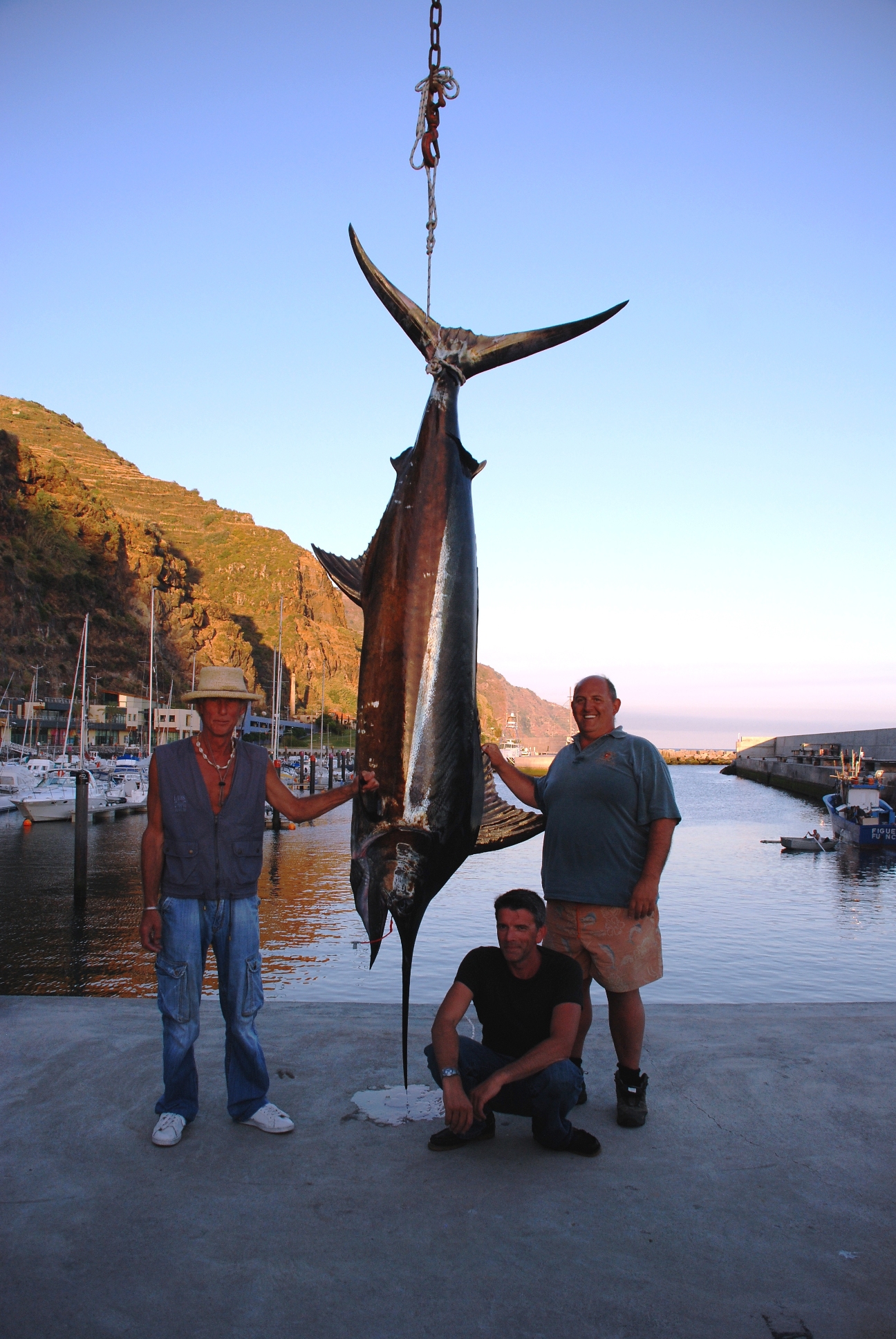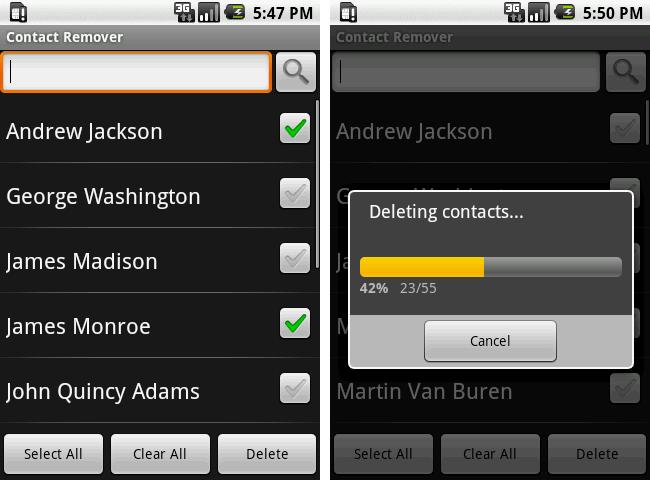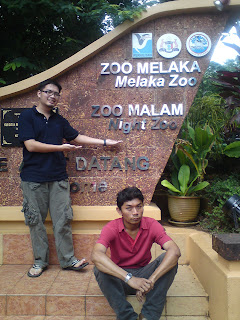Kalau korang baca akhbar, mesti ada terbaca pasal konflik air di Selangor kan?
Isunya: Kerajaan negeri Selangor nak mengambil alih semula pengurusan air di Selangor daripada 4 buah syarikat swasta yang sedang dihimpit hutang, tapi syarikat ni plak tak setuju dan pergi merayu kepada kerajaan Persekutuan untuk bagi pinjaman duit kepada mereka (walaupun mereka adalah syarikat swasta)...
Artikel kat bawah ni memang panjang, kalau yang berminat tu boleh teruskan pembacaan anda...
This article appeared in The Edge Financial Daily, December 10, 2010.
Dr Dzulkefly Ahmad is member of Parliament for Kuala Selangor.
Once the buzzword of the Malaysian political economy, privatisation has now come to be looked upon with much suspicion and at times, scorn and disdain. Well almost. But why the reversal of perception, you ask?
Privatisation and its precursor Malaysia Incorporated, the hallmark and brainchild of former prime minister Tun Dr Mahathir Mohamad, were strategic measures meant to spur growth through a “smart partnership” between the government and the private sector. Despite the good intentions, the implementation of both policies has not always been well understood, much less, well worked out.
After three decades, while it’s a struggle to shortlist the success stories, the list of failed privatisations gets longer. Sewerage company Indah Water Konsortium; the light rail transit (LRT) systems — both Putra and Star; the KL monorail; transport companies Parkmay and Intrakota; the Bakun power plant; Konsortium Perkapalan Bhd; Time dotcom; and national carrier Malaysian Airline System Bhd all cost the rakyat in the end. Billions of ringgit were spent to bail out these debt-ridden privatised entities in the name of safeguarding the “national interest”.
Privatisation was fundamentally premised on making private entities run efficient businesses and free the federal government from having to fund them. But evidently, privatisation has failed for the very same reasons it was done in the first place — to finance capital investment and improve efficiency.
Specifically, it is due to the very high capital costs and long gestation period, along with the inability to implement the promised tariff levels, which could cover costs and earn the desired rate of return, that could very well have induced the private entities to behave recklessly at times. The case of the privatisation of Selangor’s water supply demonstrates this. Syabas headquarters in Jalan Pantai Dalam, Kuala Lumpur.
For the record, let it be remembered that when the federal government privatised the state entity of Jabatan Bekalan Air Selangor (JBAS) in 1994, it was a profitable state outfit, earning an annual profit of RM50 million to RM95 million a year
True to the criticism of privatisation that “profit is privatised and losses are nationalised (or socialised)”, very unfortunately, only the profitable water treatment services of JBAS were privatised, while it kept the loss-making water distribution business.
Three different water treatment companies were granted 20 to 25-year concessions to treat water and sell it to JBAS for distribution — Puncak Niaga Sdn Bhd (PNSB), Syarikat Pengeluar Air Sungai Selangor Sdn Bhd (Splash) and Konsortium Abbas Sdn Bhd. JBAS, the loss-making entity, was later corporatised as Perbadanan Urus Air Selangor (Puas).
While the three companies were making RM35 million to RM180 million profit, JBAS’ profit dwindled to RM7 million in 1995, and in later years as Puas it suffered losses to the tune of RM350 million.
When Puas was finally privatised to become Syarikat Bekalan Air Selangor (Syabas) in 2005, it had an accumulated debt of RM2 billion. Tan Sri Rozali Ismail’s Puncak Niaga Holdings Bhd (PNHB) controlled 70% equity while the then state government companies Kumpulan Perangsang Selangor Bhd (KPS) and Kumpulan Darul Ehsan Bhd (KDEB) held an equal 15% equity interest each in Syabas.
The water industry is the best example of the failure of privatisation burdened by a very high capital investment, much as it was also fragmented, inefficiently run and supplying low quality water.
The four water concessionaires built up a total debt of RM6.4 billion, compared with their combined assets which are worth RM4.7 billion. Puncak Niaga and Syabas together are reeling under a total debt of RM4.2 billion, while Splash and KPS unit Konsortium Abass have net debts of RM1.6 billion and RM640 million respectively.
The concession agreement granted Syabas the right to increase tariffs every three years at very high rates. In 2009, Syabas was allowed under the agreement to raise its tariffs by up to 37%. The tariffs were scheduled to be increased by up to 25% in 2012, 20% (2015), 10% (2018) and 5% (2021).
The Federal government, meanwhile, gave grants to the tune of RM2.09 billion in 2004 and in December 2009, it granted an interest-free, unsecured and back-loaded loan of RM320 million to Syabas. It is now mulling a possible bailout of these concessionaires to the tune of another RM1billion to avoid a default on their bonds.
In the meantime, Splash and PNSB had paid handsome dividends to their shareholders amounting to RM578.6 million (2007) and RM500 million (2008). This means the water treatment concessionaires were clearly making astronomical profits despite their high gearing for their capital expenditure.
Given the latest situation in the water industry, especially in Selangor, one can’t help thinking that the promulgation of the Suruhanjaya Perkhidmatan Air Negara (SPAN, 2006) as a national water regulator and the Water Services Industry Act (WSIA) (2006) were put in place to execute, in effect, a backdoor bailout of these highly leveraged privatised water entities.
WSIA is meant to consolidate the fragmented water industry. Through its special purpose vehicle (SPV) Pengurusan Aset Air Bhd (PAAB), a federal government agency, WSIA is to acquire all water-related assets — including water treatment plants and pipes — both from the private companies and the state government.
The agency would in turn lease back these assets to the respective water industry operators. PAAB would also undertake all new capital investment as well as the maintenance of these assets. This regime would make all water operators asset-light and avoid the troubling high capital investment. As PAAB is a government entity, it enjoys lower borrowing cost and would thus be able to charge to water operators lower leasing charges.
At this critical juncture of the restructuring of the water industry, wouldn’t it be fair for the rakyat to be assured of a water industry that not only is capable of delivering good service but a reasonable tariff as well? That Syabas has already breached many terms of its concession agreement is already public knowledge. Rendering the licensing regime back to Syabas would be perceived as inappropriate at best and scandalous at worst.
On Feb 12, 2008, Datuk Seri Dr Lim Keng Yaik, then Minister of Energy, Water and Communication, wrote in the foreword to the book, The Water Tablet: Malaysian Water Reforms that: “The reform model [in the water services industry] that we are embarking on is unique and I hope it will serve as a guide to developing as well as developed countries.”
The minister was referring to states ceding their power to regulate water services to the federal government, and to the then establishment of a national water resources regulator, SPAN and WSIA.
Less than three years later, the reform process and achievement of the national objectives are almost a mirage and run the risk of being derailed.
After an impasse of more than two years in the negotiations for the restructuring of Selangor’s water industry, the state government is calling on the federal government to lend support to its “holistic model”.
The model is consonant with the restructuring objectives of WSIA and SPAN, where the four private water concession companies will be bought over and consolidated into one SPV.
The newly-formed entity will be fully managed and administered by the state government, with the federal government having a golden share. It will be asset-light, as all water-related assets will be transferred to the SPV. The state government believes that the holistic model is the best solution as both the treatment and distribution of water would be managed by a single operator. This ensures a lower tariff as there is no “transfer pricing” issue, where currently water treatment operators impose a high profit margin and water distributors have to increase tariffs as a result.
On Dec 5, thousands of protesters turned up in front of the National Mosque to support the handing over of a memorandum on the Selangor water issue to the Yang di-Pertuan Agong.
They now stand up to ask again, whither the state privatisation of water? More importantly, they are asking if there will be a repeat of economic “foolishness” in awarding contracts and concessions without open competitive tenders under the Economic Transformation Programme?
Will it be more of the same in the second wave of privatisation?





















































